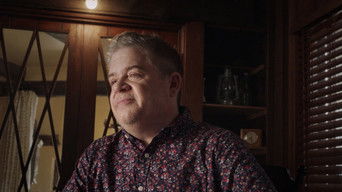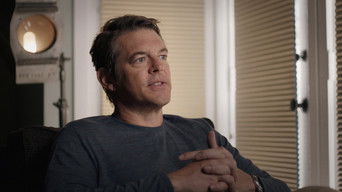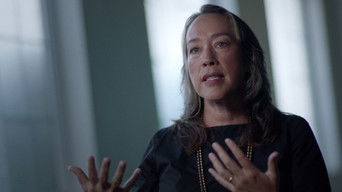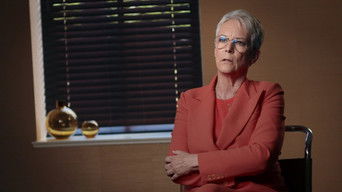Go back

American Monsters
Episode number: 1
Overview: In the 1930s, iconic monsters such as Universal's Dracula and Frankenstein launch a horror renaissance when they are reintroduced to moviegoing audiences, offering a shared escape from real-world anxieties.

Atomic Nightmares
Episode number: 2
Overview: Following World War II, Americans' anxieties evolve into fears around unchecked science, nuclear annihilation, and Communism, aka "the Red scare"; horror filmmakers respond with legendary films like "Invasion of the Body Snatchers" and "The Blob."

Unholy Dreams
Episode number: 3
Overview: In the 1960s and '70s, horror films reflect the real and intangible change younger Americans demanded; a new generation of auteur horror filmmakers push the envelope with films like "Halloween," "Carrie," "Rosemary's Baby" and "The Exorcist."

Relentless Evil
Episode number: 4
Overview: In the 1980s, 24-hour cable news dominates the threat of new modern terrors; moviegoers embrace iconic slashers like Freddy Krueger and Jason Voorhees; vampire films see a resurgence.

A New Horror
Episode number: 5
Overview: The emergence of cellphones and new technology in the 2000s exposes Americans to new and perpetual terrors; horror filmmakers adapt, and seminal films like "The Blair Witch Project" open new doors; Blumhouse reinvents the genre with new nightmares.